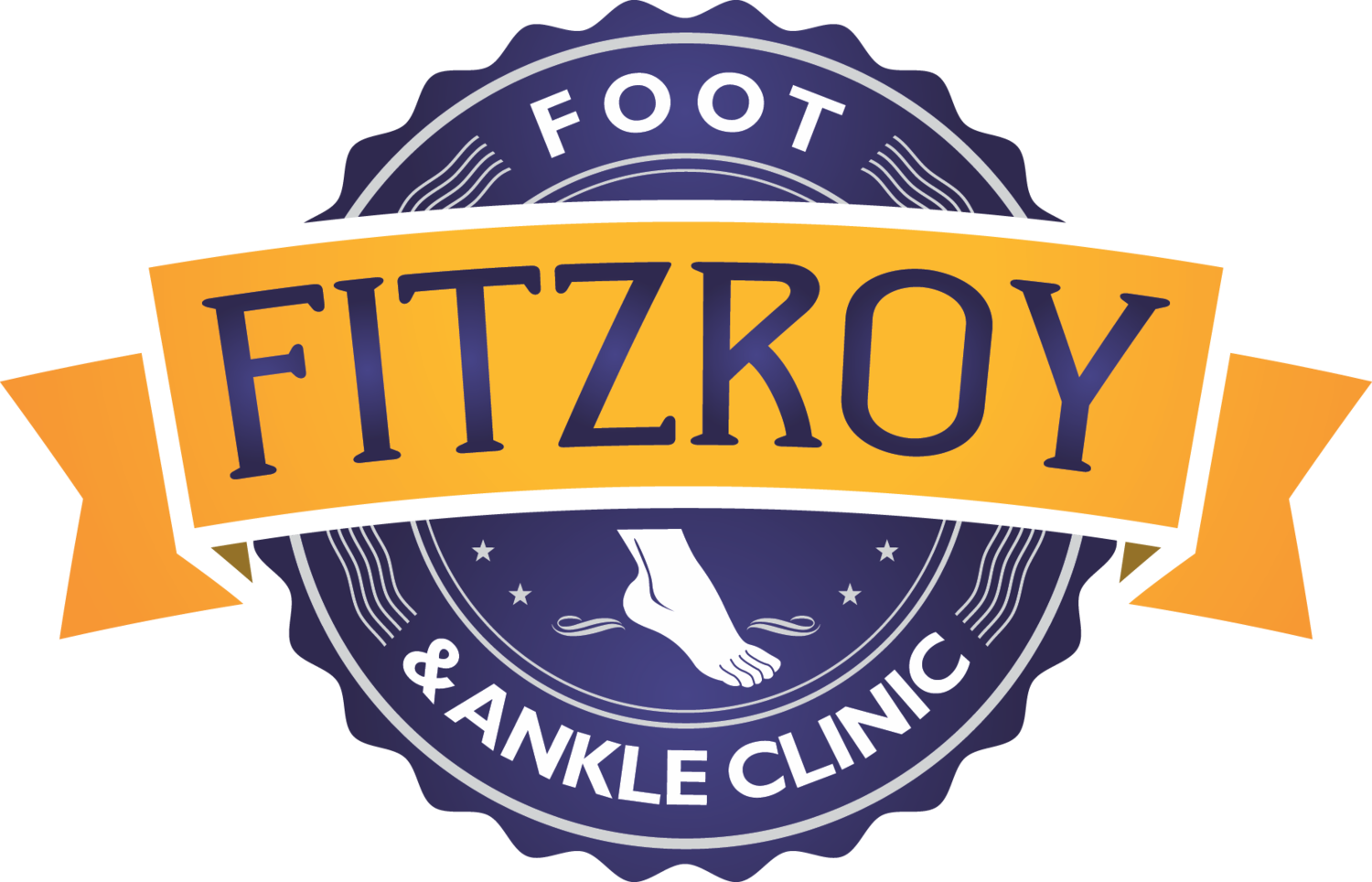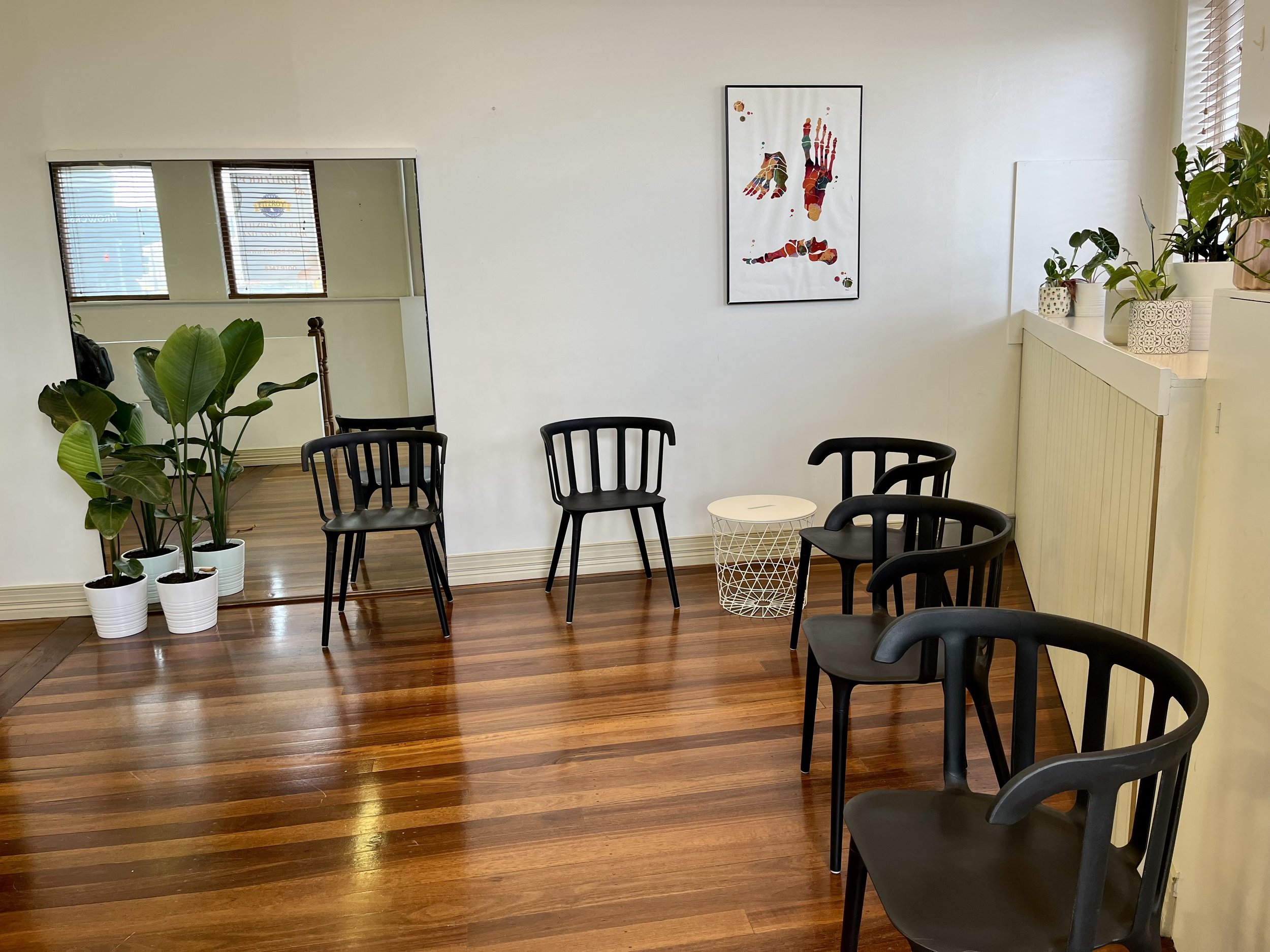Are you no stranger to the stabbing pain in your heel that makes those initial steps in the morning feel like a Herculean task? If so, you might be one of the millions who grapple with the discomfort of plantar fasciitis. This common foot condition can be a significant hindrance to daily activities and exercise routines, impacting the overall quality of life. Understanding its root causes is crucial not only for effective management but also for preventing its recurrence. In this article, we delve into the depths of plantar fasciitis to shed light on what triggers it and how to alleviate its symptoms.
What is Plantar Fasciitis?
Plantar fasciitis is a common condition characterised by inflammation and pain in the thick band of tissue, the plantar fascia, that connects the heel bone to the toes. Its primary symptom is a sharp, stabbing pain in the heel, typically felt during the first steps in the morning or after prolonged periods of rest.
Causes of Plantar Fasciitis
Excessive Foot Pronation: Individuals with flat feet or high arches are more prone to developing plantar fasciitis due to the irregular weight distribution, which places undue stress on the plantar fascia.
Overuse or Overtraining: Engaging in high-impact activities, such as running, dancing, or aerobic exercises, without proper rest periods can strain the plantar fascia, leading to micro-tears and inflammation.
Improper Footwear: Wearing shoes with inadequate arch support, poor cushioning, or insufficient shock absorption can contribute to the development of plantar fasciitis. High heels, in particular, can alter the biomechanics of the foot, leading to increased tension on the plantar fascia.
Obesity and Weight Gain: Excess body weight places additional stress on the feet and can exacerbate the condition, making it harder for the plantar fascia to bear the body's weight.
Age and Inflexibility: As individuals age, the plantar fascia loses some of its elasticity, becoming less flexible and more susceptible to injury, especially without appropriate stretching or flexibility exercises.
Effective Solutions and Preventive Measures
Orthotic Support and Proper Footwear: Invest in well-fitted, supportive footwear that provides ample arch support and cushioning. Custom orthotics can also help distribute pressure evenly and alleviate strain on the plantar fascia.
Stretching and Physical Therapy: Incorporate daily stretching exercises to enhance the flexibility of the calf muscles and the plantar fascia, reducing the risk of micro-tears and subsequent inflammation.
Weight Management and Healthy Lifestyle: Maintain a healthy weight to minimize the pressure on the feet, reducing the strain on the plantar fascia. A balanced diet and regular exercise can contribute to weight management and overall foot health.
Activity Modification: Avoid overtraining and high-impact activities, or alternate them with low-impact exercises to prevent overuse injuries and allow the plantar fascia to recover adequately.
Conclusion
Plantar fasciitis can significantly impact an individual's quality of life, affecting daily activities and exercise routines. By understanding the various factors that contribute to this condition and adopting appropriate preventive measures, you can effectively manage and reduce the risk of plantar fasciitis. Maintaining a balance between proper foot care, regular exercise, and a healthy lifestyle is crucial in alleviating the discomfort associated with this common foot ailment. Remember, a proactive approach to foot health can go a long way in ensuring a pain-free and active lifestyle.
If you have any further questions or concerns about plantar fasciitis, our podiatrists can provide expert guidance and treatment options tailored to your specific needs.















